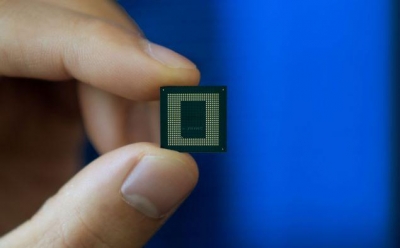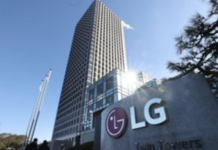New Delhi– Qualcomm has dominated the mid-range and premium flagship market with around 50 per cent market share across all price brackets above $300.
According to Counterpoint Research, Qualcomma’s share in smartphones priced above $500 increased from 41 per cent in 2020 to 55 per cent in 2021 owing to the launch of flagships Snapdragon 888 and 8Gen 1.
“Qualcomm struggled with a tight supply throughout the year for its mid-tier solutions. The shift in focus away from 4G SoCs also didn’t help. However, in the high value $300+ segment, Qualcomm continued to dominate with its Snapdragon 7 and 8 series,” the report noted.
MediaTek’s growth came from smartphones priced less than $299 (wholesale price). MediaTek’s growth was driven by both LTE and 5G SoCs across this price band.
In Android smartphones in the $100-$299 price band, MediaTek dominated the market with a 52 per cent share. This is where the Dimensity 700 and 800 drove the mass-market adoption of 5G smartphones in markets such as China, India and parts of the US and Europe. This allowed brands such as realme, Xiaomi, OPPO and vivo to launch 5G phones at price points below the $200 retail price.
The Dimensity 1100/1200 helped MediaTek increase share in the $300-$499 price band, where it captured a 24 per cent volume share in 2021, compared to 6 per cent in 2020.
Further, with the launch of the Dimensity 8100/8000, it is looking to strengthen its position in the $300-$499 price band.
Meanwhile, Qualcomm’s next-generation flagship processor, the Snapdragon 8 Gen 2, will reportedly support AV1 decoding.
The chip’s internal codename is SM8550, which matches the codenames of other Snapdragon 8-series chipsets. SM8450 for the Snapdragon 8 Gen 1, SM8350 for the Snapdragon 888, and so on.
AV1, or ‘AOMedia Video 1,’ is an open, royalty-free coding format designed for transmitting video over the Internet.
Qualcomm’s current chips don’t support native decoding of AV1 videos, unlike Samsung’s Exynos flagship SoCs from 2021 and 2022. (IANS)







